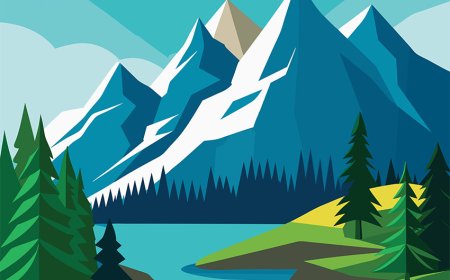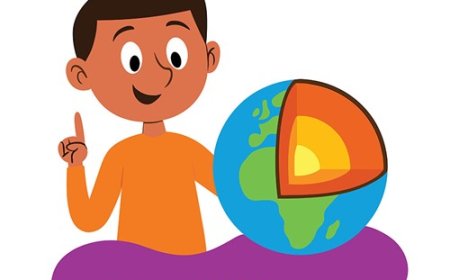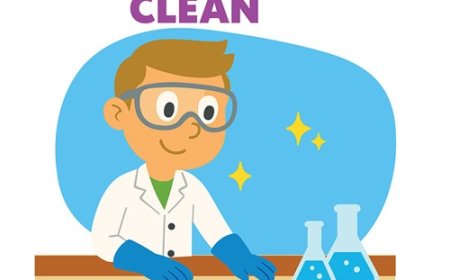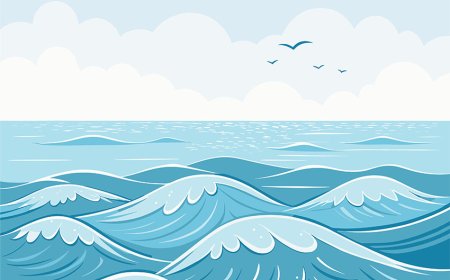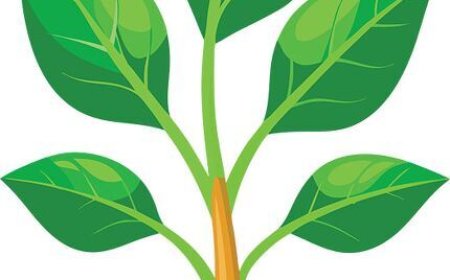Ecosystems: What They Are, How They Work, and Fun Facts for Students
Learn about ecosystems—how plants, animals, and the environment work together. Discover examples and why they’re so important.
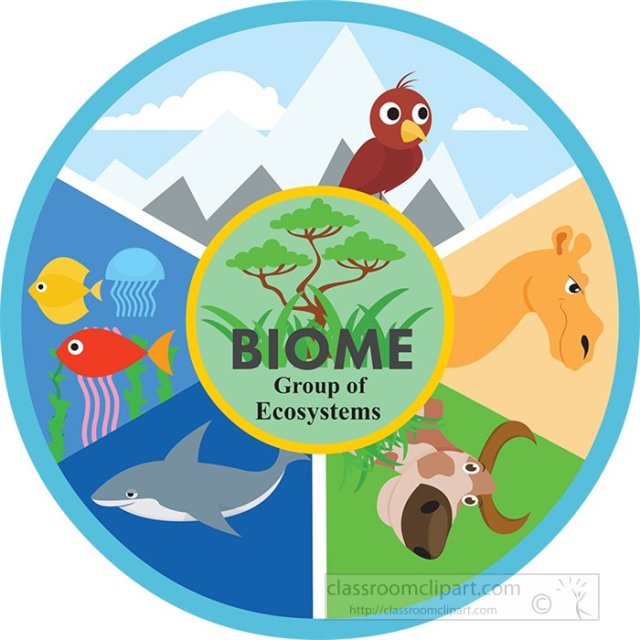
🌎 Ecosystem: The Web of Life
🎯 Introduction
An ecosystem is a community of living things (plants, animals, fungi, and microorganisms) and their environment. All the parts of an ecosystem—like sunlight, water, soil, and climate—interact and depend on each other.
Imagine a pond: fish swim in the water, insects land on plants, frogs eat bugs, and bacteria break down dead leaves. Every piece is connected, creating a balanced system.
Ecosystems can be huge, like the ocean, or tiny, like a puddle. No matter the size, they are all important to life on Earth.
🌿 How Ecosystems Work
Ecosystems have biotic (living) and abiotic (non-living) parts:
- Biotic: Plants, animals, fungi, bacteria.
- Abiotic: Sunlight, temperature, water, soil, rocks, air.
Energy Flow
- Plants use sunlight to make food through photosynthesis.
- Herbivores eat plants.
- Carnivores eat other animals.
- Decomposers break down waste and dead organisms, returning nutrients to the soil.
This cycle keeps the ecosystem healthy.
🧬 Classification and Scientific Background
Classification:
- Ecosystems can be:
- Terrestrial: Land-based (forests, deserts).
- Aquatic: Water-based (ponds, oceans).
Scientific Details:
- Producers: Plants that make their own food.
- Consumers: Animals that eat plants or other animals.
- Decomposers: Break down dead matter.
Every ecosystem has a food web, showing who eats whom.
Examples of Food Chains:
Grass → Rabbit → Fox
Algae → Fish → Heron
🌳 Types of Ecosystems
- Forest Ecosystems
- Lots of trees and animals.
- Rich in oxygen and biodiversity.
- Desert Ecosystems
- Hot and dry.
- Plants like cacti and animals adapted to little water.
- Grassland Ecosystems
- Covered in grasses.
- Home to grazing animals.
- Freshwater Ecosystems
- Lakes, rivers, ponds.
- Fish, insects, amphibians.
- Marine Ecosystems
- Oceans and coral reefs.
- The largest ecosystems on Earth.
- Tundra Ecosystems
- Cold, with little plant life.
- Found in Arctic regions.
💪 Why Ecosystems Are Important
- Provide clean air and water.
- Produce food and medicine.
- Control climate and weather.
- Support all life on Earth.
When ecosystems are damaged, everyone suffers.
🌟 Interesting Facts
- Coral reefs are called “rainforests of the sea” because they are so full of life.
- Earthworms are important decomposers in soil ecosystems.
- Antarctica is an ecosystem even though it has very few plants.
🌿 Threats to Ecosystems
- Pollution: Chemicals harm plants and animals.
- Climate Change: Alters temperatures and weather.
- Deforestation: Removes habitats.
- Overfishing: Disrupts ocean balance.
- Invasive Species: Push out native life.
🌱 How We Can Protect Ecosystems
- Reduce waste and recycle.
- Use less water and energy.
- Plant native trees and flowers.
- Protect wildlife habitats.
- Support conservation programs.
🧠 Kid-Friendly Summary
An ecosystem is where living things and their environment work together. Every animal, plant, and tiny creature has a job. When everything is balanced, nature stays healthy. We must take care of ecosystems so life can thrive.
✨ Key Takeaways
- An ecosystem is all living things and their environment together.
- It includes producers, consumers, and decomposers.
- Different types of ecosystems exist everywhere.
- Healthy ecosystems give us clean air, water, and food.
📖 Vocabulary Words
| Word | Definition |
|---|---|
| Ecosystem | Community of living things and environment |
| Producer | Makes its own food (plants) |
| Consumer | Eats plants or other animals |
| Decomposer | Breaks down dead matter |
| Food Web | Shows who eats whom |
| Abiotic | Non-living parts of ecosystem |
| Biotic | Living parts of ecosystem |
| Habitat | Place where an organism lives |
| Biodiversity | Variety of living things |
| Photosynthesis | Plants making food using sunlight |


















































